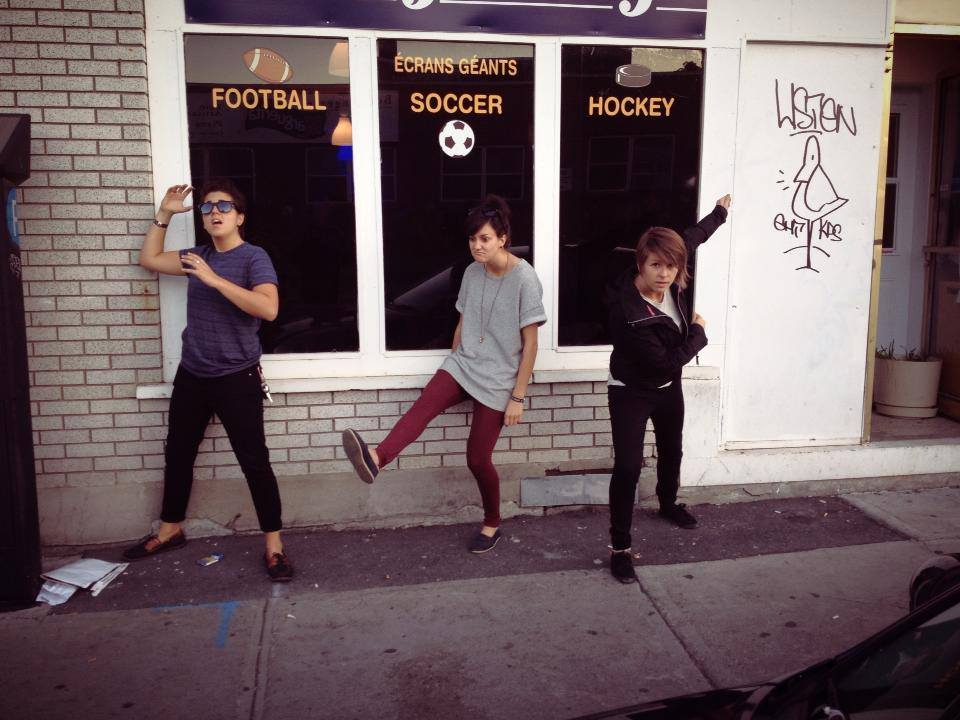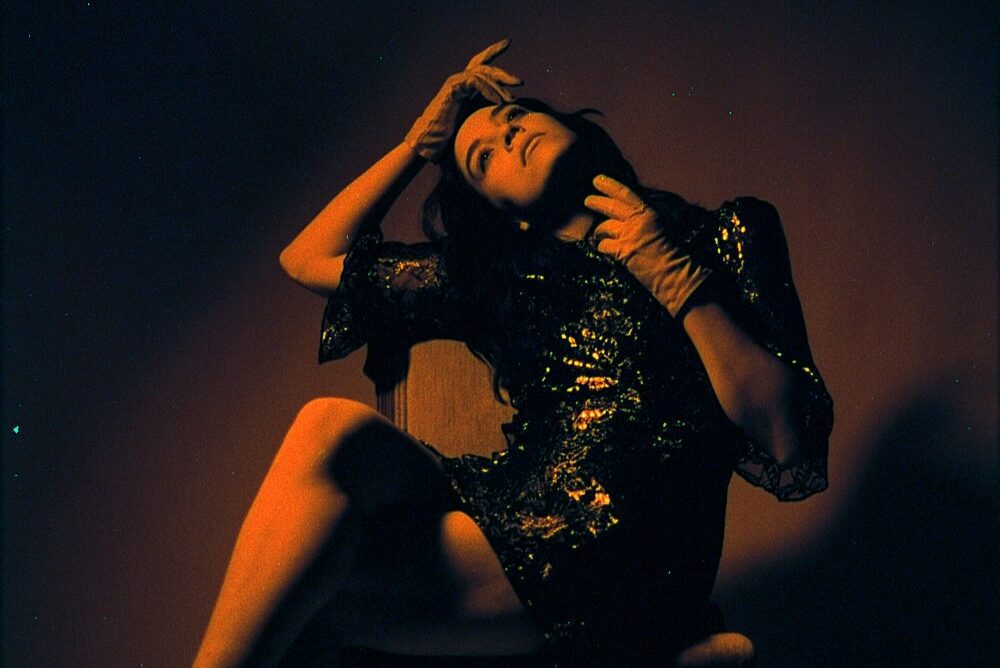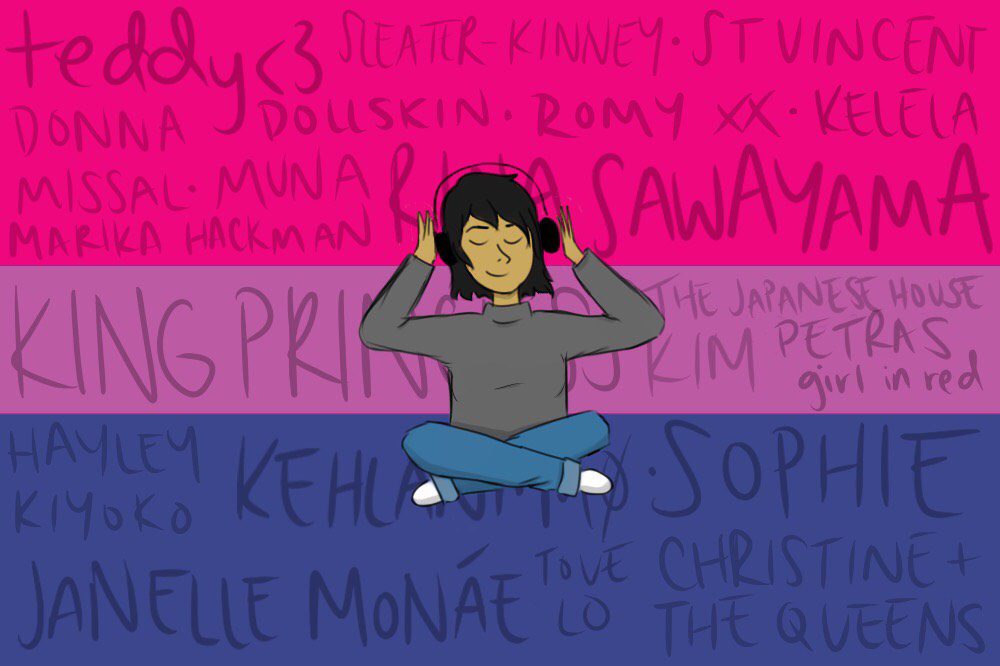Azure Ray Return with a Remedy More than a Decade in the Making


From the first notes of the bright, blissful “Sleep” on their self-titled debut, it was clear that Orenda Fink and Maria Taylor had tapped into something angelic with their indie folk project Azure Ray. Forming in Athens, Georgia in 2001 and eventually moving to Omaha, Nebraska to immerse themselves in the Saddle Creek scene, the duo was rather prolific until their 2003 hiatus. After a brief reunion in 2010 produced another album and two EPs, the project once again went silent, though Taylor and Fink kept busy with other creative pursuits. Now, Azure Ray returns with its fifth full-length and first in over a decade, Remedy, which sounds both new and reminiscent of Azure Ray’s early classics.
In the usual vein of the band, the songs have a mellow, minimalist vibe. In “Bad Dream,” they sing against dreamy synths about the dissolution of a relationship: “Would you even know a bad thing when you’re stuck inside a bad dream?” In “Already Written” — perhaps the track most reminiscent of older Azure Ray songs like the wistful, reflective “November” from the 2002 EP of the same name — they sing about working through difficulties in a relationship, Taylor and Fink’s voices harmonizing with almost no instrumentation.
The title track, “Remedy,” uses acoustic guitar and folky, almost whispered vocals to reflect on the process of facing demons during self-isolation: “I visit my old tendencies/A secret grave in a cemetery/A yellow rose for my old heart/I feel it stop, I feel it start.”
The concept for the record was born during the 20-year anniversary of the band’s formation, when Fink and Taylor went through old photos of themselves together over the course of the past few decades, which inspired them to celebrate themselves as a band by making another album.
“We felt so strong back then, but looking back, I just see how fragile and frail we were,” says Taylor. “We dealt with a death of someone close to us, and writing our first Azure Ray record and starting Azure Ray was a way for us to process our grief. It just brought me back to how powerful music is and how powerful and healing it can be, and how powerful it can be when you combine music with friendship.”
“The record was written and recorded entirely during the lockdown period this last year, so the themes reflect the feelings a lot of people had during this last year – fear, isolation, hopelessness, but also hope for a better future,” says Fink.
They titled the album Remedy with the hope that it could serve as such for some of the psychological travails of the pandemic. “I think that’s just what art does,” says Taylor. “We all went through similar emotions, and so we put them to music and put them into words so that maybe someone can relate.” In the spirit of the album’s theme, the vinyl version of the album is sold alongside a custom essential oil blend.
Taylor, Fink, and their producer Brandon Walters worked remotely from three different locations during the pandemic to record the album — a process that challenged the band’s previous notions about the music-making process.
“We’ve always gone to a studio and slept in the studio and lived and breathed the whole recording process, so this was a complete detachment from that,” says Taylor. “I was afraid it was not as cohesive, but I think the process gelled together, and it felt like we were in a room together even though we weren’t.”
You can hear the band’s usual influences — which include Cat Power, Elliott Smith, and Nick Drake — and iconic whisper-like vocals, but with a stronger electronic component, evident in the prominent percussion tracks on songs like “Desert Waterfall” and “I Don’t Want to Want To.”
The duo gave Walters their voices and allowed him to add guitar lines, string samples, bass, and drums, without much instruction other than to maintain Azure Ray’s signature sound. “We wanted to be true to our sound, but we also wanted a fresh new approach,” says Taylor. “It’s a little more dense — I feel like there’s more depth and there’s just more going on — but it still has the intimacy. The music was kind of secondary to our harmony and our voice.”
Fink and Taylor created several campy videos to match the group’s simple, wholesome sound. “Bad Dream” is an amalgamation of TikTok-style clips of the band and their friends doing silly dances to the song, while “Phantom Lover” encapsulates a mystical, vintage aesthetic, with the two members swaying in white clothing and bull horns alongside glimmering trees and people dressed as wolves.
Currently, the group is busy making more videos and promoting the album and hopes to play outdoor shows in the near future. As they weather all the changes the world is going through, their friendship and history hold them together and provide a constant.
“Every record’s going to differ, especially one that’s ten years apart from the past ones,” says Fink. “As humans, we change. Our perspectives change, and the things we go through are reflected in our art. But ultimately, I don’t think [the album is] a huge departure form the older Azure Ray. I think it’s a more modern, updated version of Azure Ray.”
Follow Azure Ray on Instagram and Facebook for ongoing updates.




